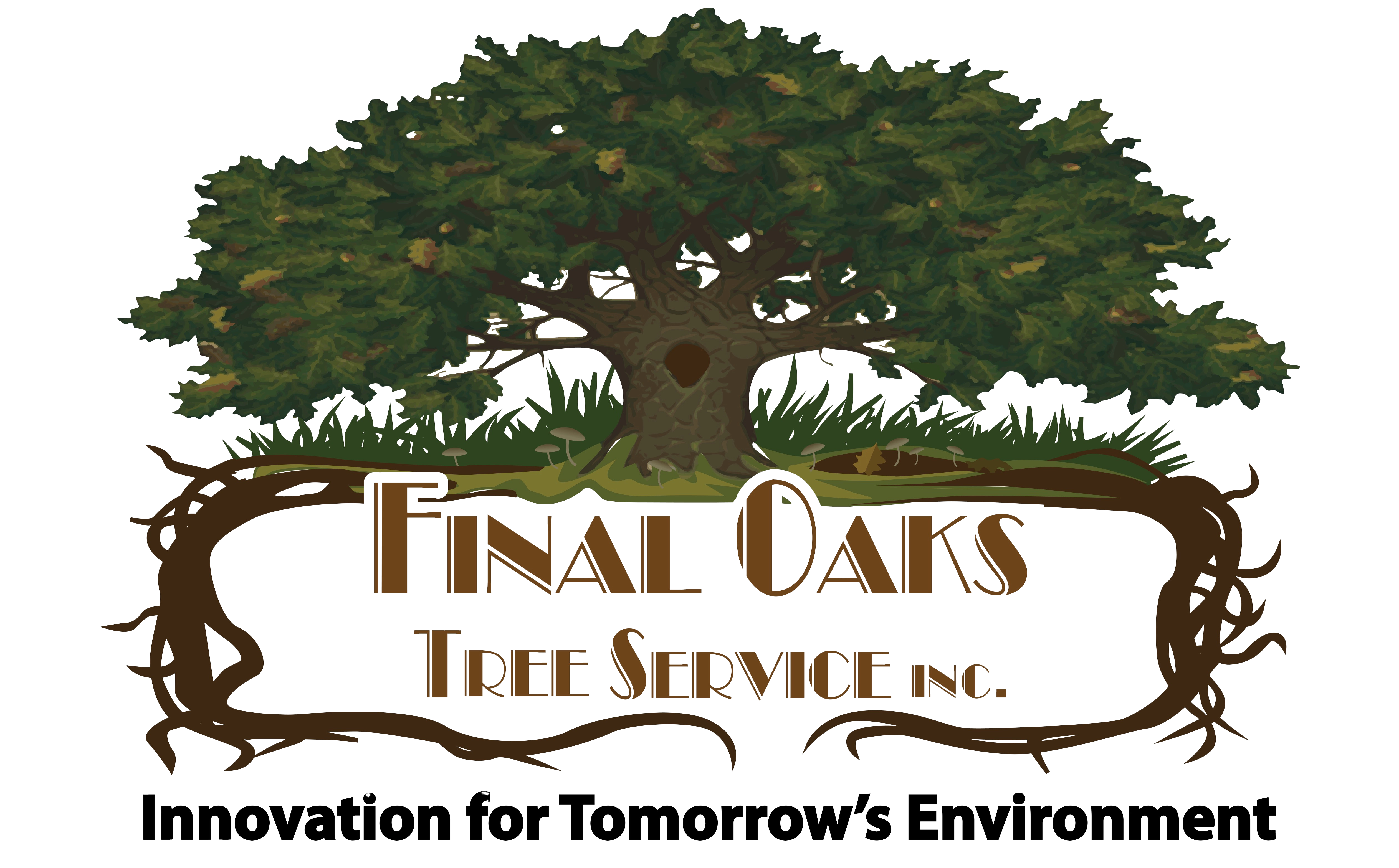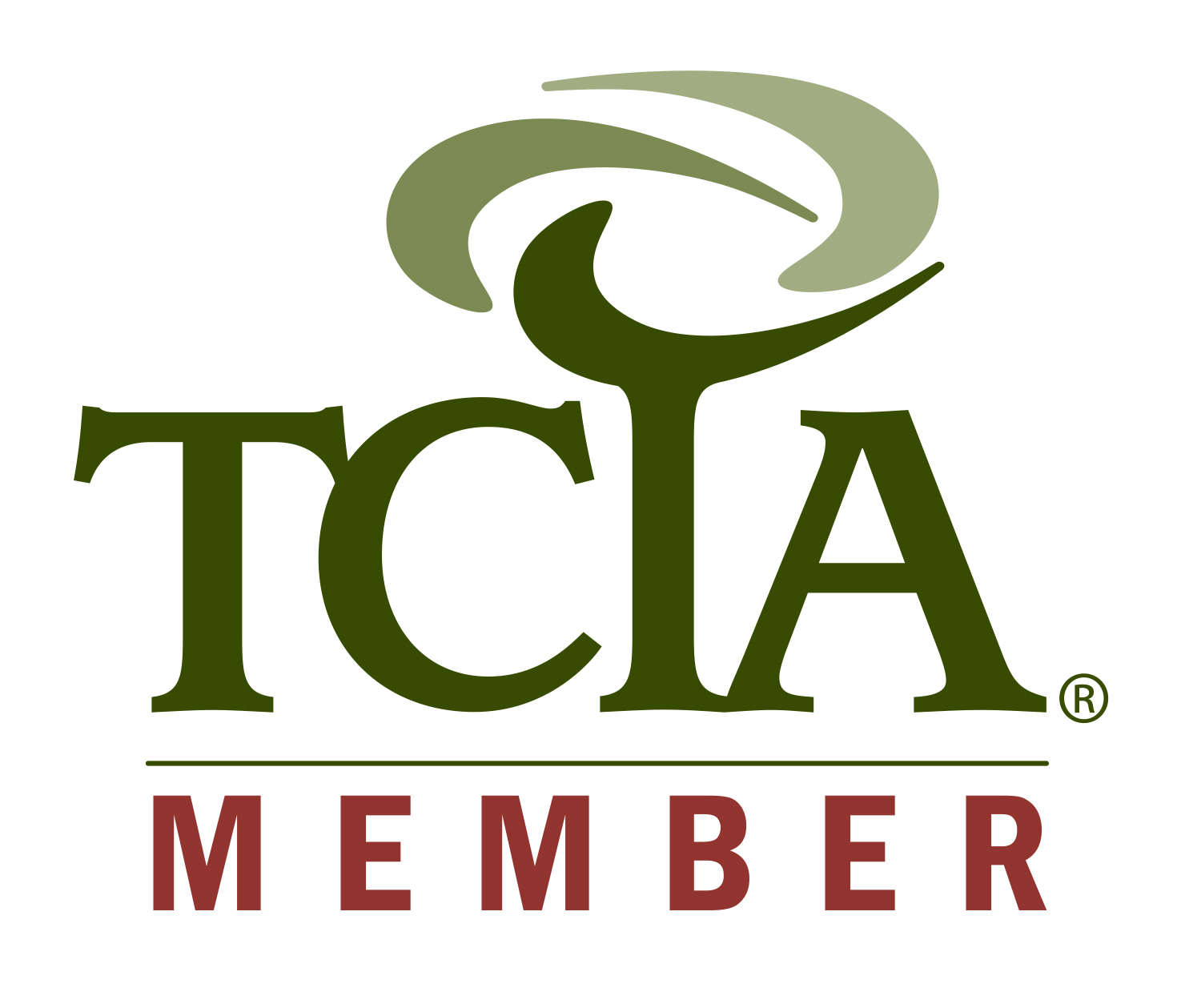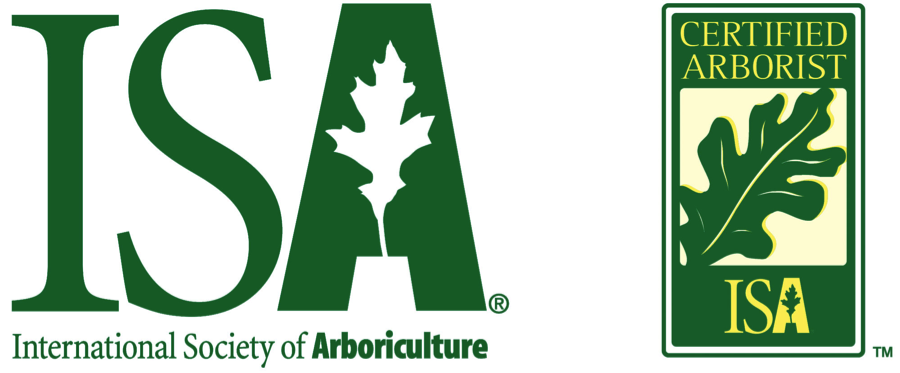
There are several effective methods for stump removal, including grinding, chemical treatments, burning, and manual extraction. Each approach has its own pros and cons in terms of cost, effort, and environmental impact. The best method for you depends on factors like the stump size, your budget, and how quickly you need it gone.
Proper stump removal can improve the look of your property and free up space for new plants or structures. It also eliminates hiding spots for pests and reduces the risk of new tree growth from the old roots.
Understanding Stump Removal
Stump removal is an important step in landscaping and property maintenance. It involves getting rid of the remaining tree trunk and roots after a tree has been cut down. There are several methods to remove stumps, each with its own advantages.
Importance of Removing Tree Stumps
Tree stumps can be eyesores in your yard. They take up space and make mowing difficult. Stumps can also attract pests like termites and ants.
Old stumps may sprout new growth, causing unwanted trees to regrow. This can damage nearby structures or landscaping.
Removing stumps improves safety. People can trip over them, especially children playing in the yard. Stumps can also damage lawn equipment.
Benefits of stump removal:
- Improves yard appearance
- Frees up space for new plants or structures
- Prevents pest infestations
- Eliminates tripping hazards
Overview of Stump Removal Methods
You have several options for stump removal. Each method has pros and cons depending on the stump size, location, and your budget.
Chemical removal: You drill holes in the stump and fill them with chemicals. This slowly breaks down the wood. It’s cheap but takes months to work.
Burning: After drilling holes, you fill the stump with kerosene and light it. This method is fast but can be dangerous and may not be legal in your area.
Grinding: A machine grinds the stump into small chips. It’s quick and effective for most stumps. You can use the chips as mulch.
Manual removal: For small stumps, you can dig them out by hand. This is labor-intensive but doesn’t require special equipment.
Excavation: Large machinery digs out the entire stump and root system. It’s thorough but can damage your yard.
Physical Stump Removal Techniques
There are several effective ways to physically remove tree stumps from your property. These methods involve direct mechanical action to grind, dig out, or pull up the stump. Each technique has its own advantages and equipment needs.
Stump Grinding
Stump grinding uses a powerful machine to chip away the stump. You operate a stump grinder, which has a rotating cutting disk with sharp teeth. The grinder shreds the wood into small chips.
Start by trimming the stump close to ground level. Then, move the grinder back and forth across the stump surface. Grind 8-12 inches below ground to remove the main root structure.
Wear protective gear like safety glasses, earplugs, and sturdy boots. The process creates a lot of wood chips and debris. You can use these chips as mulch in your garden.
Stump grinding is fast and effective for most stumps. It leaves the root system in place, which will decay naturally over time.
Manual Stump Removal
This method works best for smaller stumps. You’ll need tools like a shovel, axe, mattock, and digging bar.
Start by digging around the stump to expose the main roots. Use the axe to chop through smaller roots. For larger roots, use the mattock to cut and pry them loose.
Once you’ve cut the major roots, push and pull the stump to work it free. A digging bar can help you lever the stump out of the ground.
This process is labor-intensive but doesn’t require expensive equipment. It’s a good option if you only have one or two small stumps to remove.
Utilizing Heavy Equipment
For large stumps or multiple removals, heavy equipment can be very effective. A backhoe or excavator can quickly pull out stumps with their roots.
Wrap a chain around the base of the stump. Attach the chain to the machine’s bucket or arm. Use the machine’s power to pull up and out, extracting the stump and root ball.
This method leaves a large hole that you’ll need to fill. It also disturbs more of the surrounding area than other techniques. But it’s fast and can handle very large stumps.
Renting heavy equipment can be costly. You’ll also need experience operating these machines safely. Consider hiring a professional if you’re not comfortable with the equipment.
Chemical Stump Removal
Chemical stump removal uses substances to break down wood fibers and speed up decomposition. This method can be effective but requires patience and proper application.
Chemical Decomposition
Chemical stump removers contain potassium nitrate or other substances that help break down wood. You apply these products to holes drilled in the stump. The chemicals soak in and soften the wood over time.
Most removers take 4-6 weeks to work fully. During this time, the stump becomes spongy and easy to break apart. You can then dig out the remains or burn them.
Be careful when using chemical removers. Wear gloves and follow all safety instructions. Keep children and pets away from treated stumps.
Accelerating Natural Decay with Chemicals
You can also use household chemicals to speed up natural decay. Epsom salt is one option for stump removal. It dries out the wood and helps fungi grow.
To use Epsom salt:
- Drill holes in the stump
- Fill holes with salt
- Water the stump
- Cover with a tarp
Repeat this process every few weeks. The stump will slowly rot and become easier to remove. This method is safer than commercial removers but takes longer.
Nitrogen-rich fertilizers can also help. They feed bacteria that break down wood. Apply fertilizer around the stump base and water it in.
Burning Tree Stumps
Burning is a quick way to get rid of tree stumps. It uses fire to turn the wood to ash. You need to be careful and follow safety steps.
Safe Stump Burning Methods
To burn a stump safely, you can use kerosene. Pour it on the stump and let it soak in. Then, light the stump on fire. Keep watch as it burns.
Another method uses charcoal. Place hot coals on top of the stump. The heat will slowly burn it away.
For a safer option, try the hot water method. Drill holes in the stump. Pour boiling water into the holes. This softens the wood and speeds up decay.
Always check local laws before burning stumps. Some areas don’t allow it.
Preparing a Stump for Burning
Start by clearing the area around the stump. Remove leaves, twigs, and grass. This stops the fire from spreading.
Drill holes into the top and sides of the stump. Make them about 1 inch wide and 8 inches deep. These holes help the fire reach the center.
Pour kerosene into the holes. Let it soak for a few weeks if possible. This makes the stump burn better.
Cover the stump with a tarp if it rains. Keep the wood dry so it burns well.
Always have water or a fire extinguisher ready. Safety comes first when burning stumps.
Professional Stump Removal Services
Professional stump removal services offer expert solutions for getting rid of stubborn tree stumps. These services use specialized equipment and techniques to remove stumps efficiently and safely.
When to Hire a Professional
You should consider hiring a professional stump removal service when:
- The stump is large or has an extensive root system
- You lack the proper tools or experience
- Time is a factor and you need quick results
- Safety concerns exist due to the stump’s location
- Multiple stumps need removal
Professional tree services have the expertise to handle complex situations. They can remove stumps near buildings, power lines, or other structures without causing damage.
Selecting a Stump Removal Service
When choosing a stump removal service, keep these factors in mind:
- Experience and qualifications
- Insurance coverage
- Equipment used
- Cost and estimates
- Customer reviews and references
Ask for detailed quotes from multiple companies. Compare their methods, timelines, and prices. Make sure they use environmentally friendly techniques when possible.
Check if the service offers additional options like wood chip removal or filling the hole after stump removal. Some companies may also provide landscaping services to restore the area.
Remember to ask about any potential damage to your yard and how they plan to minimize it. A reputable service will explain their process and address your concerns before starting the job.
Post-Removal Restoration

After removing a tree stump, you’ll need to restore the area. This involves landscaping and possibly replanting to make the space attractive and functional again.
Landscaping After Stump Removal
Once the stump is gone, you’ll have a hole to fill. Start by adding topsoil to level the ground. Compact the soil as you go to prevent settling later.
You might want to add some decorative elements to the spot. Consider placing rocks, a small water feature, or a garden sculpture. These can create a focal point in your yard.
For a seamless look, plant grass seed or lay sod over the filled area. Water regularly until the new grass is established. This will help blend the restored area with the rest of your lawn.
If you prefer a low-maintenance option, mulch is a good choice. It prevents weed growth and retains moisture. Spread a 2-3 inch layer over the filled area.
Replanting After Stump Removal
You may want to plant a new tree or shrub where the old stump was. Before doing so, make sure the soil is suitable for new growth. Test the pH and add nutrients if needed.
Choose a plant that fits your landscape and climate. Also, consider the mature size of the tree or shrub to avoid future problems with structures or power lines.
Dig a hole twice the width of the root ball but no deeper than its height. Then, place the plant in the hole and backfill with soil. Afterward, water thoroughly and add mulch around the base.
For the first year, water your new plant regularly. This will help establish strong roots. Also, prune as needed to shape the plant and remove any damaged branches.






